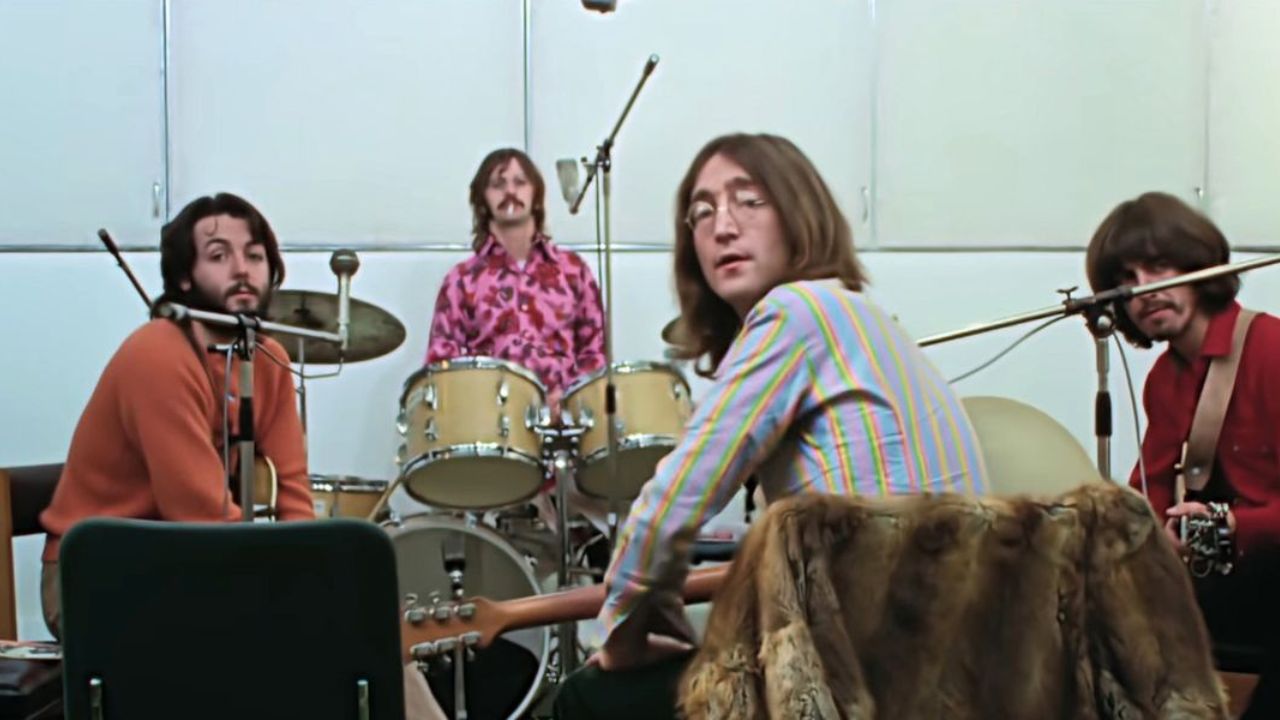Well yes, the most important band in the history of music is about to give the world an unreleased song. Despite John Lennon e George Harrison they are no longer among usthe Beatles will release a new single thanks to the help of artificial intelligence (AI). And the song, incredible but true, will have the voice of John Lennon.
The real voice, not a simulation of the AI.
How is it possible? Now we’ll explain it to you, but first let’s start with the news.
Now and Then: the new Beatles single thanks to artificial intelligence
In these days Paul McCartney e Ringo Starrthe two Beatles still alive, announced that Now and Then will be released on November 2nd, which will officially be the Beatles’ last single. The song will be part of the remastered (and expanded) versions of Red e Bluetwo Fab 4 compilation albums.
Now and Then, in reality, is not a real new song. The song was in fact written by John Lennon in 1978 and recorded on a home demo of the English singer-songwriter. Lennon copied the recording onto a cassette tape entitled “for Paul”, sending the tape to his lifelong friend. The recording also featured demo versions of Free as a Bird e Real Love.
Already in 1995 the three baronets still alive – Lennon died in 1980 – thought of reviving Now and Then, extrapolating the vocal track from John’s demo and adding their music. The project would serve to present the collection to the world Anthology.
However, Lennon’s vocal track was too noisy (due also to a persistent hum caused by a faulty electrical system in the singer’s apartment). In the end it was decided to include only Free as a Bird and Real Love in the collection, which were of superior quality.
At least until today. Now and Then will arrive on November 2, and its creation was possible thanks to artificial intelligence. Now we’ll explain how.
How AI made the Beatles’ latest single possible
To understand the work that went into making Now and Then, it is necessary to understand a few basic concepts of music production. Don’t worry, nothing complex.
First of all, it is important to know that the production of a song (or an album) generally takes place in multitrack.
Multitrack means that each instrument is recorded independently on a specific audio track. In this way it is possible to intervene on each individual instrument (raise/lower the volume, emphasize the frequencies, etc.) without affecting the other tracks (or the other tools). This phase of “tidying up” the tracks is called mixing (or mixing), and it happens in post production (i.e. after finishing recording all tracks).
Generally, in contemporary productions, multitrack runs separately: first you record all the drums and percussion, then the bass, then the harmonic instruments (guitars/keyboards) and the leads. Only at the end does the singer add the voice and any backing vocals.
The Beatles’ operation, having to start from Lennon’s voice recorded on tape, however, it had to be reversed. Lennon, being deceased, would not have been able to sing on the new instrumental, so the three living Beatles would have had to create the music starting from the recorded vocals. This process, as mentioned, was possible on Free as a Bird and Real Love, as Lennon’s vocal track was clean: it was enough extrapolate it and glue it onto the new musical base.
Su Now and Then c’era il problema: it was impossible to extrapolate Lennon’s voice as the voice recording contained disturbances of other sounds (the famous faulty electrical system mentioned above, plus various ambient noises).
The Beatles then trained the artificial intelligence to learn to recognize John Lennon’s voice, isolating it from all other sound sources present in the original audio track. Doing it by hand would have been literally impossible.
A solution already used to restore the audio of Get Back
A similar (or rather identical) operation was already carried out a few years ago Get Backthe spectacular three-part documentary put together by Peter Jackson. Get Back is in fact a collection of Beatles video material recorded between the rehearsal room and the studio, without separate tracks. Even in that case the AI literally learned to distinguish Ringo’s bass drum from Paul’s bassisolating the individual tracks and allowing an incredible sound performance: every single instrument was thus isolated and cleaned up in the new mix.
After the success of Get Back, Paul McCartney himself used technology to isolate John Lennon’s voice and create a virtual duet of I’ve Got a Feeling.
In addition to Now and Then, the Red and Blue collections will also include a new version of Love me Do, the Beatles’ famous first single released in 1964. In the meantime, we remind you that the Get Back docuseries is available for streaming on Disney+.















Leave a Reply
View Comments